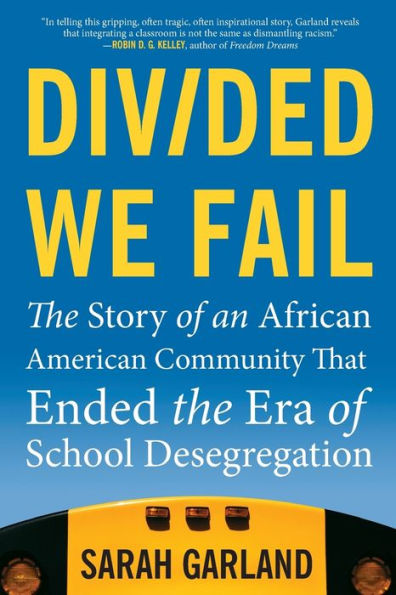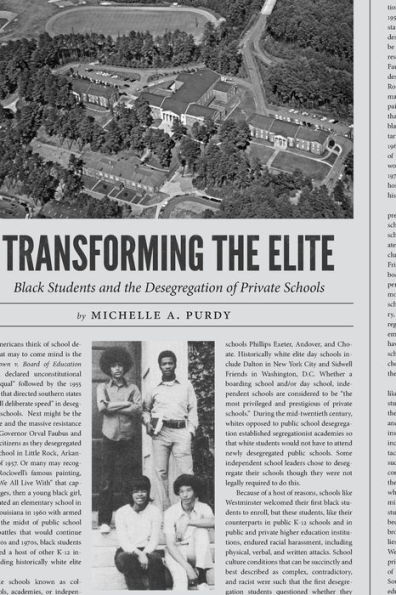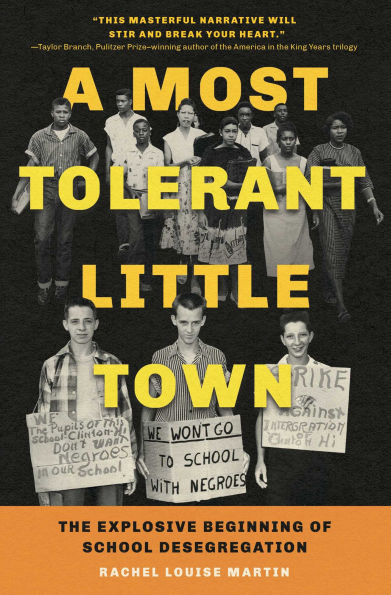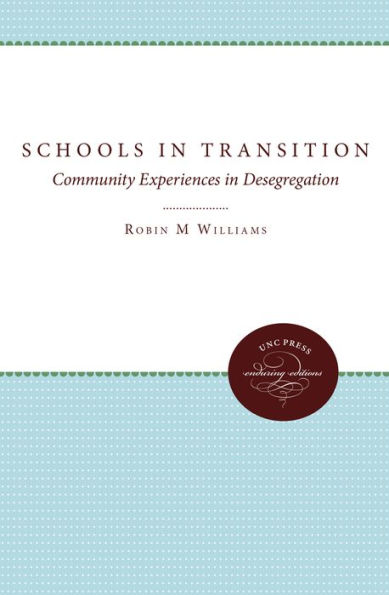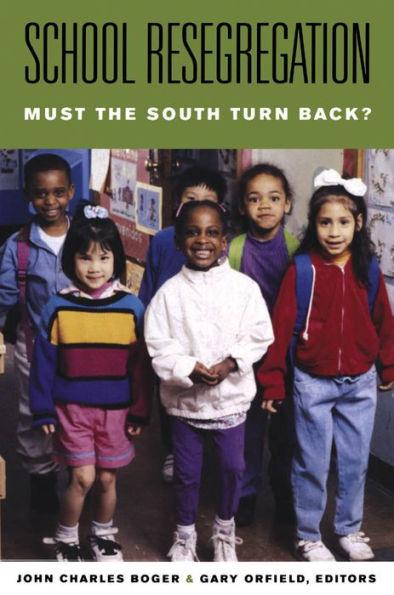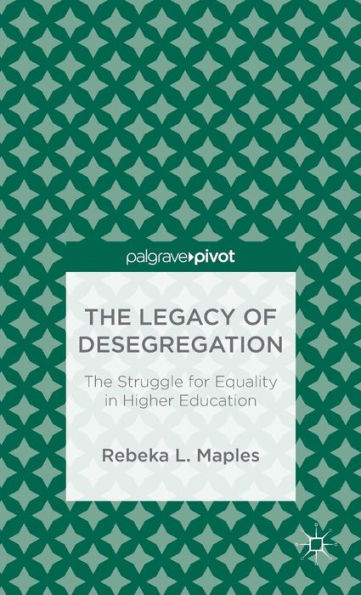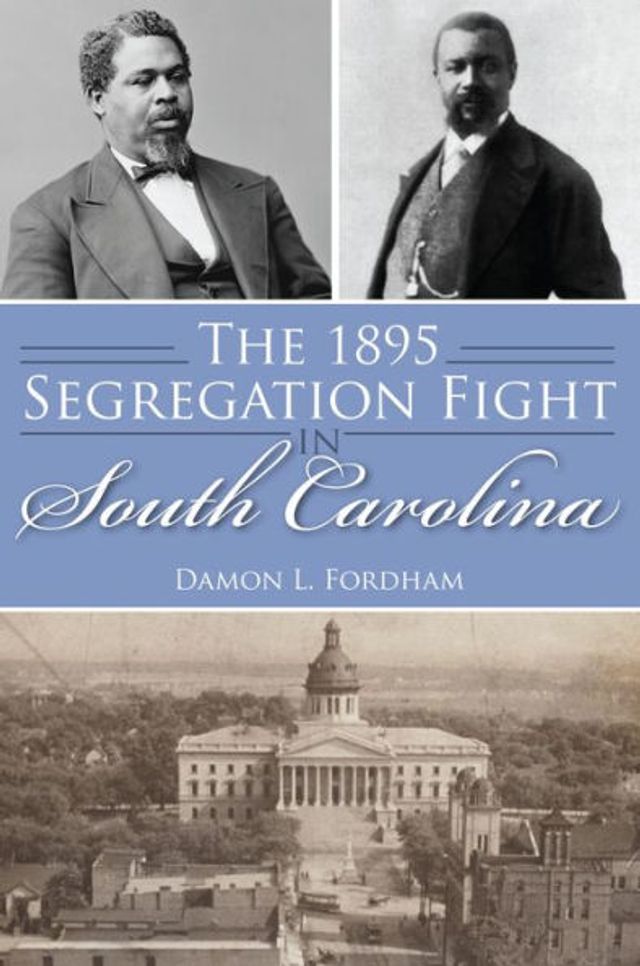Home
Struggling to Learn: An Intimate History of School Desegregation South Carolina
Loading Inventory...
Barnes and Noble
Struggling to Learn: An Intimate History of School Desegregation South Carolina
Current price: $44.99


Barnes and Noble
Struggling to Learn: An Intimate History of School Desegregation South Carolina
Current price: $44.99
Loading Inventory...
Size: Hardcover
*Product Information may vary - to confirm product availability, pricing, and additional information please contact Barnes and Noble
Through poignant personal narrative, supported by meticulous research, Thomas retraces the history of Black education in South Carolina from the post-Civil War era to the present. Focusing largely on events that took place in Orangeburg, South Carolina, during the 1950s and 1960s, Thomas reveals how local leaders, educators, parents, and the NAACP joined forces to improve the quality of education for Black children in the face of resistance from White South Carolinians. Thomas's experiences and the efforts of local activists offer relevant insight because Orangeburg was home to two Black colleges—South Carolina State University and Claflin University—that cultivated a community of highly educated and engaged Black citizens.
With help from the NAACP, residents filed several lawsuits to push for equality. In the notable
, Black parents in neighboring Clarendon County sued the school board to challenge segregation after the county ignored their petitions requesting a school bus for their children. That court case became one of five that led to
and the landmark 1954 decision that declared school segregation illegal. Despite the ruling, South Carolina officials did not integrate any public schools until 1963 and the majority of them refused to admit Black students until subsequent court cases, and ultimately the intervention of the federal government, forced all schools to start desegregating in the fall of 1970.
In
, Thomas reflects on the educational gains made by Black South Carolinians during the Jim Crow and civil rights eras, how they were achieved, and why Black people persisted despite opposition and hostility from White citizens. In the final chapters, she explores the current state of education for Black children and young adults in South Carolina and assesses what has been improved and learned through this collective struggle.



